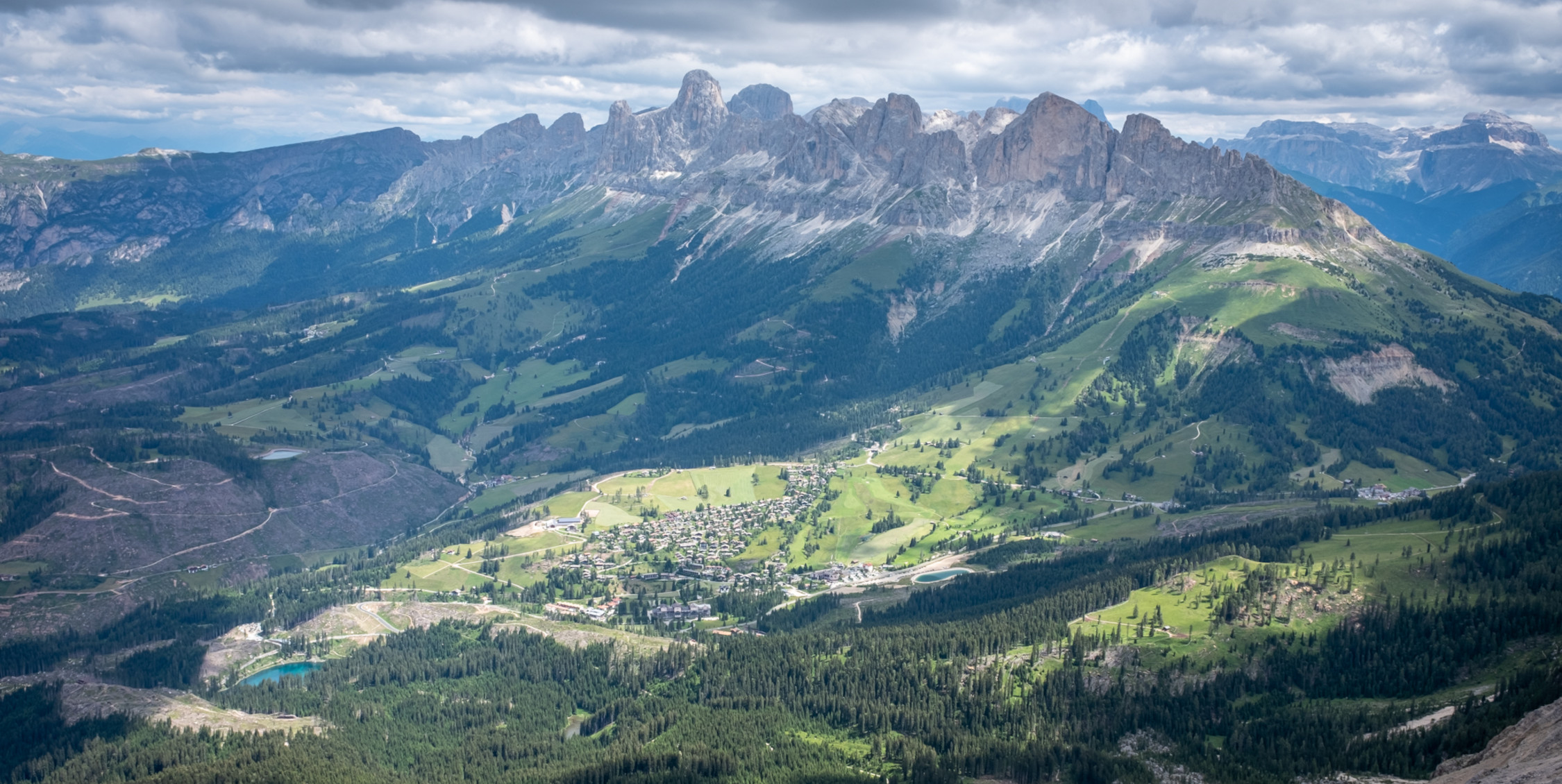In conjunction with “UNESCO Natural Sites for the Climate”, the Ministry of the Environment and Energy Security supports activities geared towards adaptation to climate change in the municipalities falling within the five Italian Sites recognised as UNESCO World Heritage based on natural criteria. There are seventeen municipalities throughout the Dolomites area whose projects are eligible for a total of approximately two million euros in ministerial funding. Various types of activities were awarded funds for energy efficiency improvements in public buildings, the creation of cycle paths to promote sustainable mobility, and forest restoration as well as mitigation of the damage caused by the spread of the bark beetle.

Ph. Marco Salaris
The Foundation’s role
The Ministry has designated the UNESCO Dolomites Foundation as the unique point of reference; therefore, the Foundation plays the important role of intermediary between the Ministry and the Municipalities concerned. The projects were presented following a dialogue with the provincial and regional agencies which are part of the Board of Directors of the Foundation which is neither responsible for the disbursement of funds nor for the selection of projects to be admitted to funding. The Foundation has a technical and intermediary role which specifically provides for the management of the correct administrative procedures specified by the Call for submissions until the conclusion of the projects, which is expected within five years of the start of the funding.
The scope of the Fund
The aim of the “UNESCO Natural Sites for the Climate” bulletin published by the Ministry is to support activities for adapting to the ongoing climate crisis in those Sites whose natural and landscape-related value requires particular attention. To qualify for funding, projects must start from a “nature-based solutions” approach; these are multifunctional solutions that aim to restore nature to a good state of health and combine environmental benefits with social and economic benefits, as well as promote the resilience of the ecosystem. Examples of this are all the measures for adapting to climate change, the improvements to the energy efficiency of public buildings available to the Municipalities included in the UNESCO sites, the creation of sustainable mobility services and infrastructures, sustainable forest management, and technological innovation for preventing and managing forest fires.

